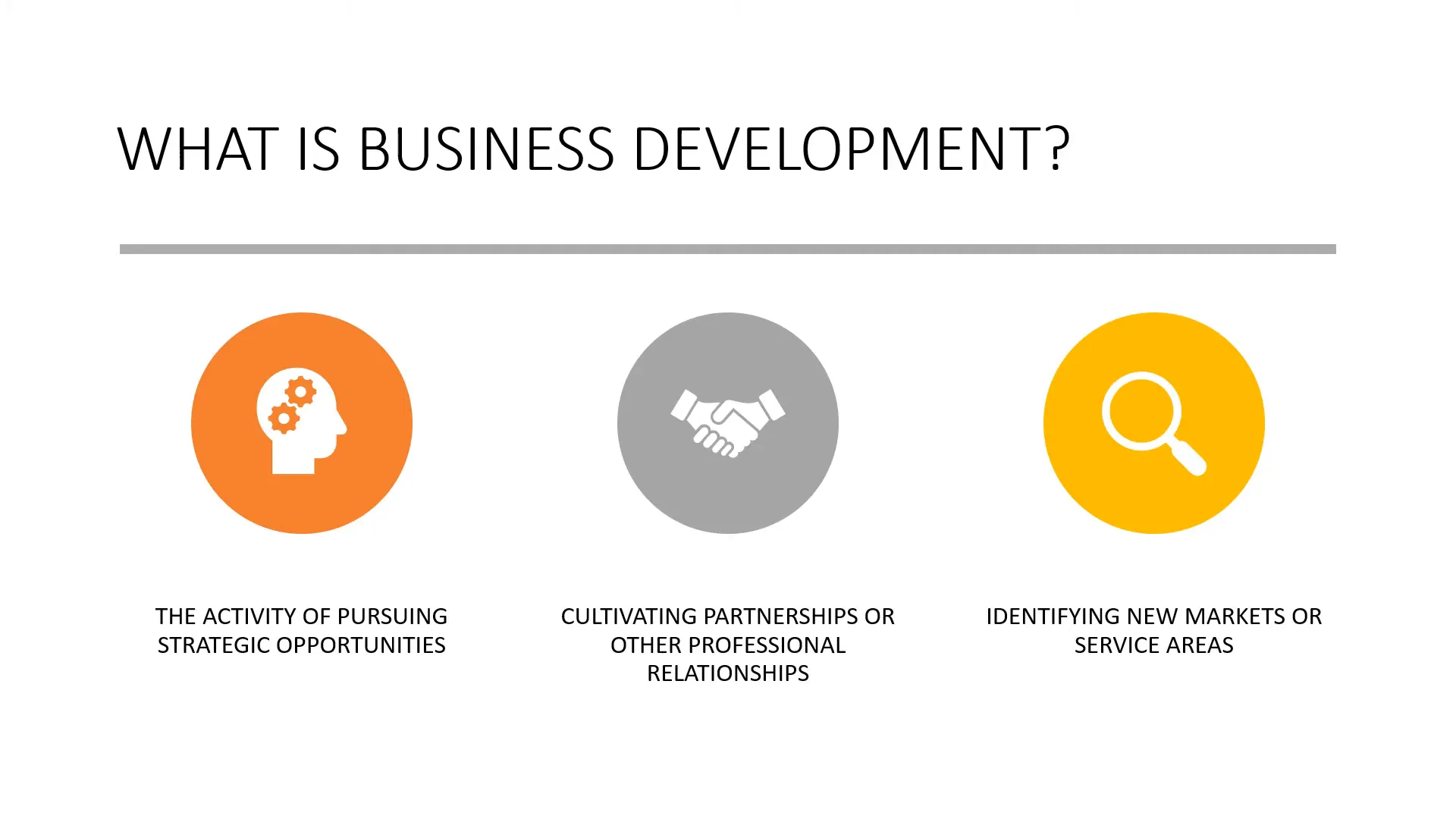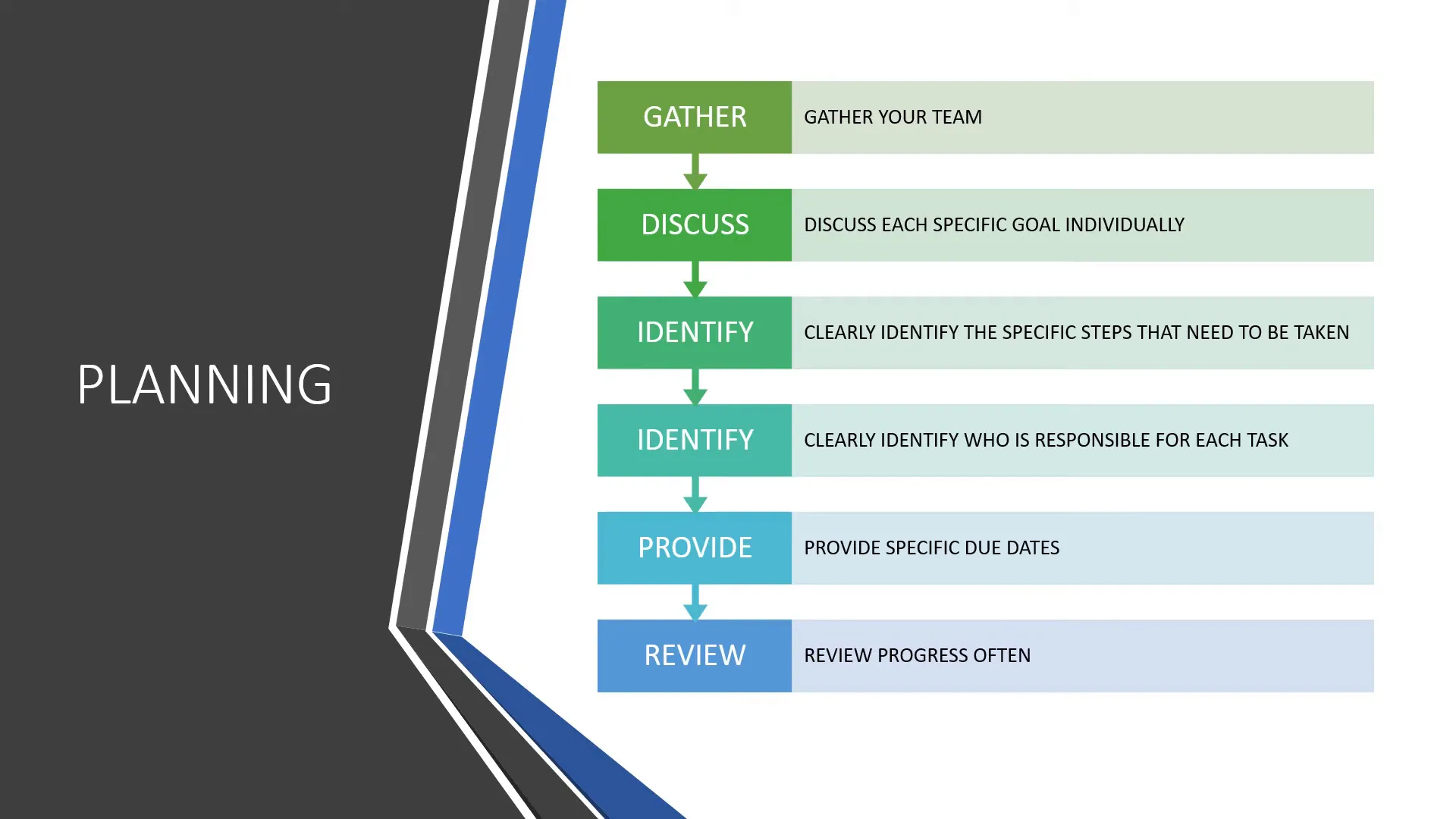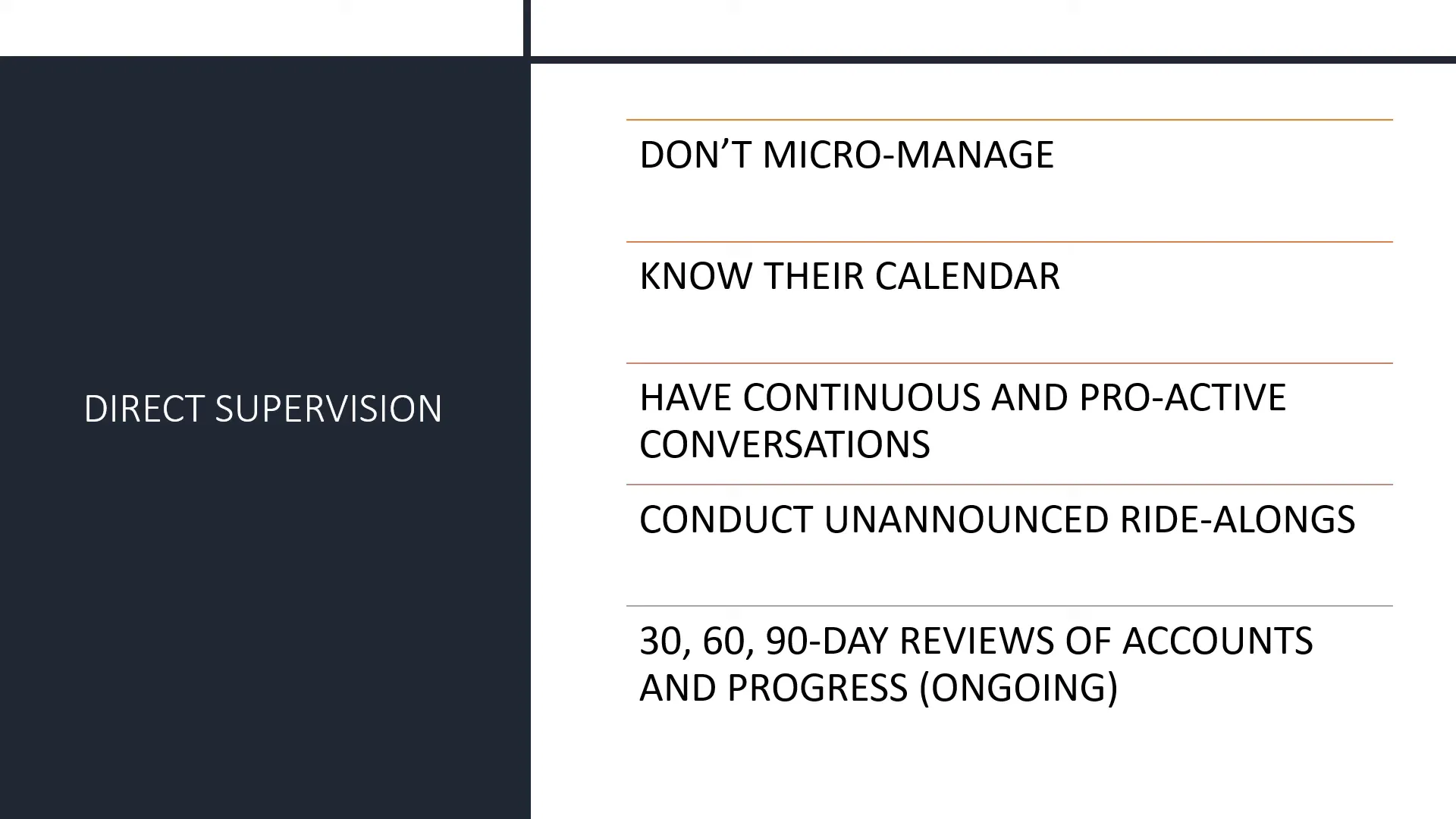In the world of homecare, understanding how to effectively manage the business development process is crucial for success. This blog post delves into the essential components of a homecare business growth strategy, discussing the importance of pursuing new opportunities, cultivating partnerships, and identifying new markets. Each of these elements plays a pivotal role in ensuring your business remains competitive and continues to grow.
Table of Contents
- Understanding Business Development
- Setting Clear Goals
- Establishing Accountability and Milestones
- Effective Planning and Team Collaboration
- Reviewing and Measuring Outcomes
- Meeting Structure and Frequency
- Avoiding Micromanagement
- Conclusion
- Frequently Asked Questions
Understanding Business Development
Business development is a multifaceted process that encompasses three main areas:
- Pursuing new opportunities
- Cultivating partnerships and relationships
- Identifying new markets and service areas
These three pillars are foundational to any successful homecare business growth strategy. Let’s break them down further.
Pursuing New Opportunities
Always be on the lookout for potential partnerships that provide ancillary services but do not compete directly with your offerings. This could involve collaborating with organizations that share a similar client base. For example, healthcare professionals can form alliances with hospitals, skilled nursing facilities, and assisted living facilities to expand their referral networks.

Cultivating Partnerships
Cultivating partnerships is where the real revenue is generated. This involves building relationships with businesses that can refer clients to you. These partners can include:
- Hospitals
- Skilled nursing facilities
- Assisted living facilities
- Doctors’ offices
- Nonprofit organizations
Engaging in community events is also a great way to connect with potential referral sources and establish your presence within the community.

Identifying New Markets
Identifying new markets is an ongoing process that requires constant prospecting. As a homecare business owner, you should always be on the lookout for new opportunities to expand your services. This could involve exploring new geographic areas or adapting your services to meet the needs of different client demographics.

Setting Clear Goals
As a business owner, setting clear and achievable goals is vital to your growth strategy. It’s crucial to ensure that everyone on your team understands these objectives. Whether it’s gaining five new clients in a month or increasing your referral network, everyone should be aligned towards a common goal.
Making Goals Specific and Realistic
When setting goals, it’s essential to be specific. For example, if your goal is to acquire new clients, define how many clients you aim to sign within a certain timeframe. Additionally, ensure your goals are realistic; expecting a flood of clients on day one is unrealistic, especially for a new business.

Establishing Accountability and Milestones
Accountability is crucial in achieving your business development goals. Establish milestones that align with your goals, whether it’s the number of referrals generated or the number of sales calls made. Tracking these milestones will help you measure progress and adjust your strategies as necessary.
Creating a Follow-Up System
Implement a follow-up system to review progress regularly. Determine how often you will check in on these goals, whether weekly, monthly, or quarterly. Regular reviews can help ensure that your team remains focused and accountable.

Effective Planning and Team Collaboration
Involving your team in the planning process is essential. Gather your team to discuss each goal and identify actionable steps needed to achieve them. This collaborative approach fosters ownership and accountability among team members.
Defining Roles and Responsibilities
Clearly define roles and responsibilities within your team. Each position should have specific tasks assigned to ensure that everyone knows what is expected of them. This clarity will help eliminate confusion and enhance productivity.

Reviewing and Measuring Outcomes
Regularly reviewing and measuring outcomes is crucial to your homecare business growth strategy. Have your team present data on their progress. This practice not only holds them accountable but also provides insights into areas for improvement.
Continuous Improvement
When goals are not met, engage in discussions to identify solutions and improve processes. Understanding what went wrong and what can be done differently is key to fostering a culture of continuous improvement.

Meeting Structure and Frequency
Establish a meeting structure that facilitates effective communication and planning. Short daily meetings can help your team stay focused and aligned, while longer weekly meetings can be used for strategizing and recapping progress.
Monthly and Quarterly Reviews
In addition to weekly meetings, incorporate monthly and quarterly account reviews to assess overall performance. These reviews should provide a comprehensive overview of where your business stands and how it can improve.

Avoiding Micromanagement
As a leader, it’s important to avoid micromanaging your team. Trust your team to handle their responsibilities and provide them with the autonomy to make decisions. This empowerment can lead to increased motivation and job satisfaction.
Building Trust and Accountability
Building a culture of trust within your team is essential. Regular communication and check-ins can help foster this trust while ensuring that everyone remains accountable for their tasks.

Conclusion
Managing the business development process in your homecare business is not just about knowing the details; it’s about overseeing the entire process. By pursuing new opportunities, cultivating partnerships, and identifying new markets, you can create a robust homecare business growth strategy. Remember to set clear, realistic goals, establish accountability, and foster a culture of trust and collaboration. With these strategies in place, your homecare business can thrive in a competitive landscape.
Frequently Asked Questions
What is the first step in developing a homecare business growth strategy?
The first step is to understand your market and identify potential opportunities for growth, including partnerships and new service areas.
How can I measure the success of my business development efforts?
By setting specific, measurable goals and regularly reviewing outcomes, you can gauge the effectiveness of your business development strategies.
Why is team collaboration important in business development?
Team collaboration fosters accountability, encourages diverse ideas, and ensures everyone is aligned towards common goals, leading to more effective business development.
How often should I review my business development goals?
Regular reviews should be conducted weekly or monthly, with more comprehensive assessments quarterly to ensure sustained progress and adaptability.
What role does communication play in managing a homecare business?
Effective communication is critical for setting clear expectations, fostering teamwork, and ensuring everyone is working towards the same objectives.




